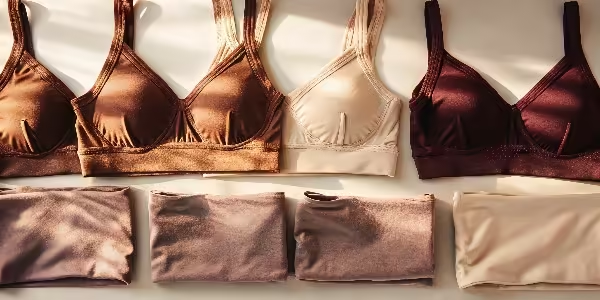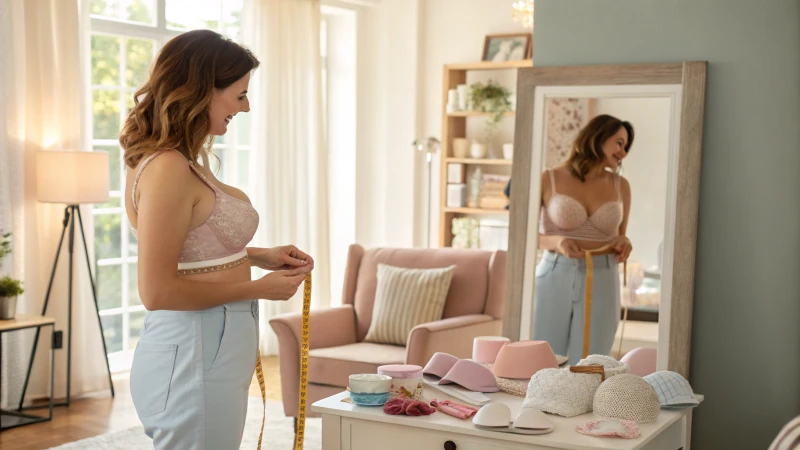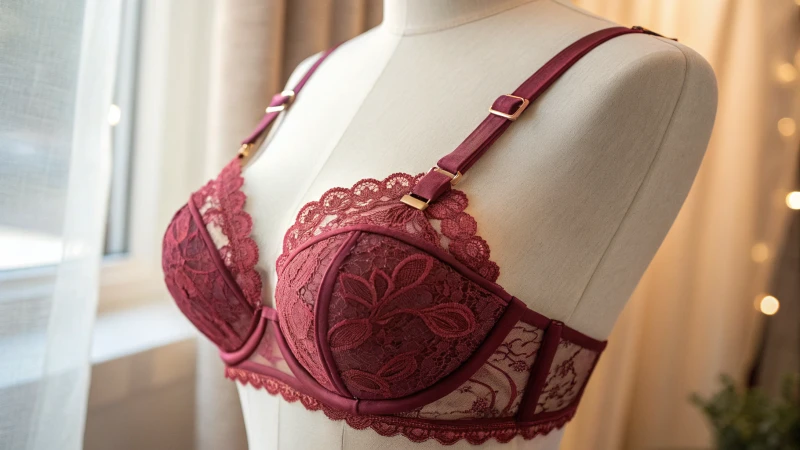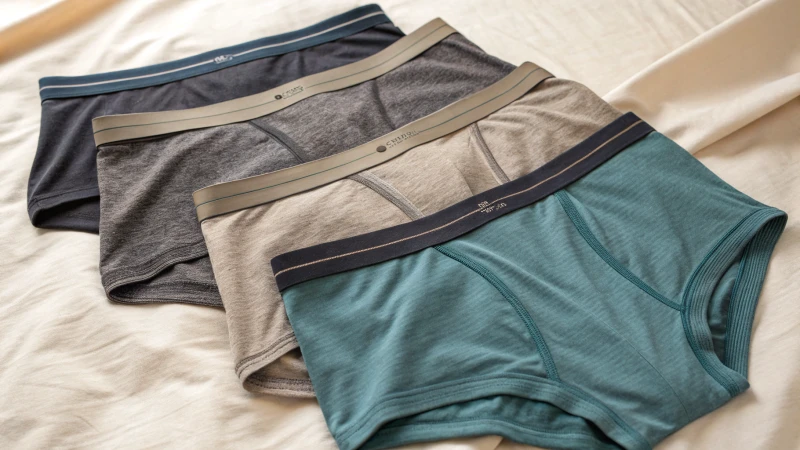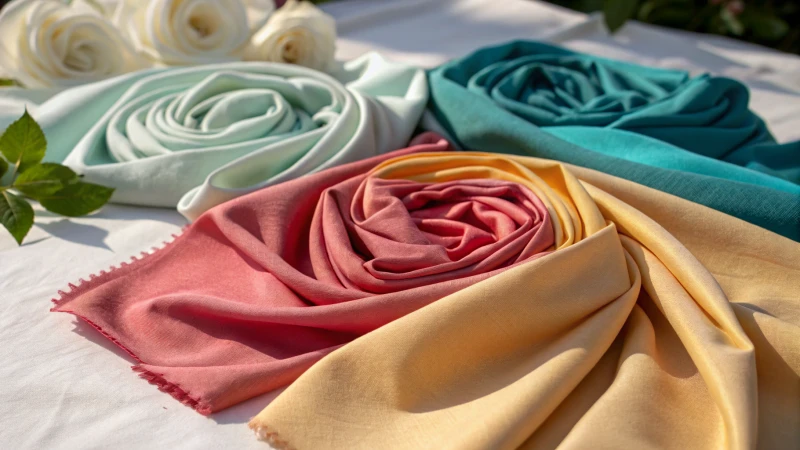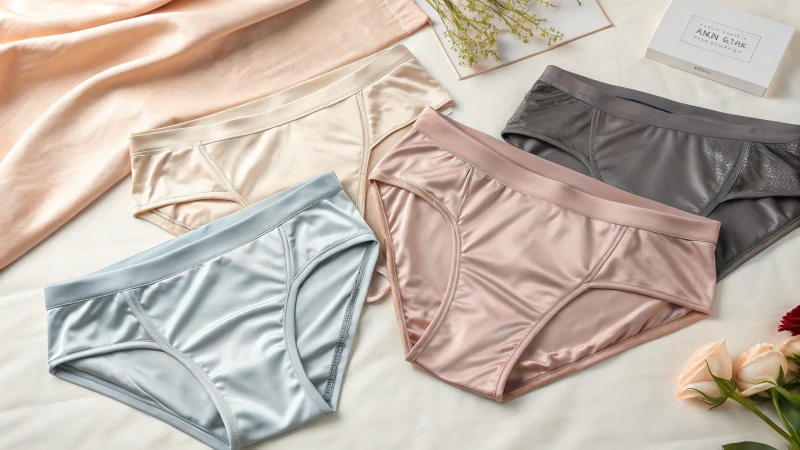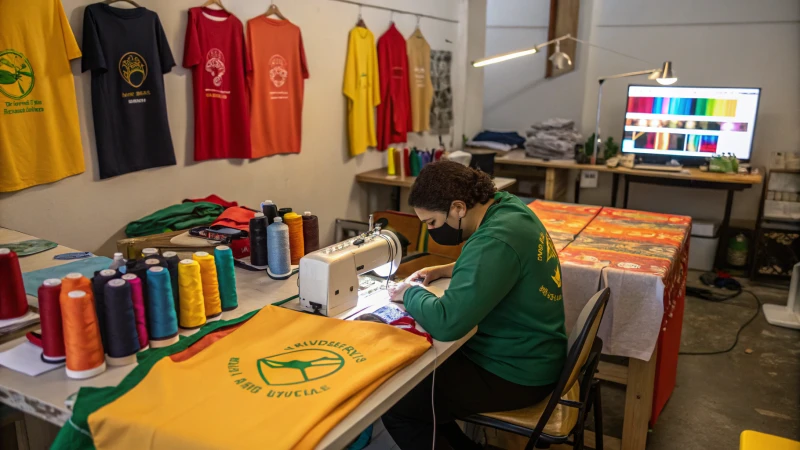
Ever dreamt of transforming plain wholesale clothing into unique fashion statements? Customization is your gateway.
To customize clothing from wholesale suppliers, I start by choosing a trusted supplier that offers design services like embroidery and screen printing. The journey involves picking the garment type, sharing my design vision, and ensuring they can deliver quality and timeliness.
While this gives a snapshot of the process, there’s more to mastering customization. It's about understanding the supplier's capabilities and managing minimum order quantities. Let me walk you through how I learned to navigate these waters, ensuring each piece is a true reflection of my vision. From the excitement of seeing my designs come to life to the lessons learned in communicating effectively with suppliers, every step taught me something valuable about creating customized clothing that stands out.
Embroidery is a common service offered by wholesale suppliers.True
Many wholesale suppliers provide embroidery as a customization option.
Wholesale suppliers do not offer screen printing services.False
Screen printing is widely available from many wholesale clothing suppliers.
How Do I Customize Wholesale Clothing?
Ever wondered how to make your brand's clothing truly stand out? Customizing wholesale clothing can turn ordinary pieces into something extraordinary.
To customize wholesale clothing, start by choosing the right supplier. Then, pick your garment type, submit your design, and explore customization options like embroidery or screen printing. Finalize everything by meeting the supplier's minimum order quantities (MOQ) and confirming production timelines.
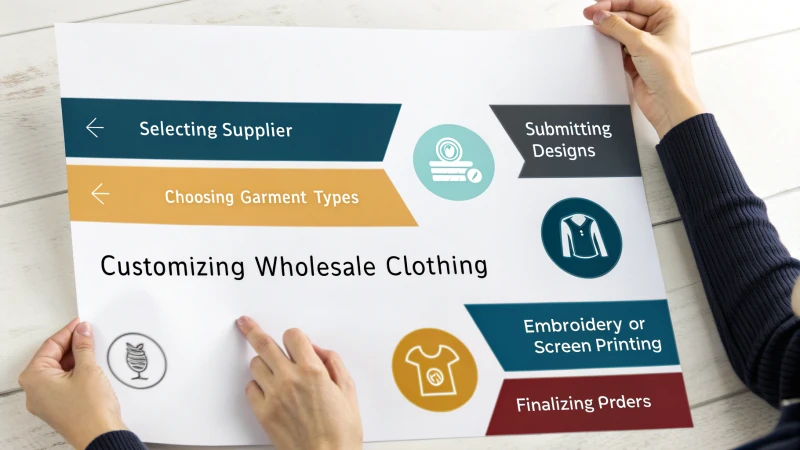
Step 1: Select a Reliable Supplier
I've learned that the first step is finding a supplier you can trust. Imagine discovering a supplier who not only offers customization but also understands the essence of your brand. Look for those with a solid reputation for quality and reliability. I remember spending hours researching, reading reviews, and even reaching out to other businesses for recommendations. It's like finding a business partner who shares your vision. Once, I stumbled upon a hidden gem of a supplier after almost giving up, and it made all the difference. You might want to explore custom design services1 offered by various manufacturers.
Step 2: Choose Your Garment Type
Think of this step as building your collection's foundation. Deciding on the garment type felt like choosing the perfect canvas for my art. Whether it's T-shirts, hoodies, or something more formal, consider what best represents your brand. I remember agonizing over fabric choices and color palettes—like picking the perfect shade of blue for my T-shirts.
Here's a table that might help you in comparing different garment options:
| Garment Type | Fabric Options | Style Variations |
|---|---|---|
| T-Shirt | Cotton, Poly | Crew Neck, V-Neck |
| Hoodie | Fleece, Knit | Zipper, Pullover |
| Polo Shirt | Pique, Jersey | Regular, Slim |
Explore diverse styles by visiting garment style guides2.
Step 3: Submit Your Design
Submitting my design was like handing over a piece of my heart. It’s crucial to ensure your design is in the correct format and meets the supplier's requirements. Some suppliers offer design assistance to make sure everything aligns perfectly with their production methods. I vividly recall the relief I felt when my design was finally approved after a few tweaks.
Step 4: Discuss Customization Options
Customization is where your creativity truly shines. Whether it's embroidery or screen printing, discussing these options with your supplier can be quite exciting. I spent a lot of time weighing the pros and cons of each method, ensuring it matched my brand's identity. Learn more about customization techniques3.
Step 5: Finalize Order Details
Finally, it's time to seal the deal. Meeting the supplier's MOQ and confirming production timelines can be nerve-wracking but also satisfying as everything falls into place. Aligning these details with your business needs is crucial. I found it helpful to keep communication open with my supplier to avoid any surprises down the road.
For more insights on meeting MOQ requirements4, explore resources that guide you through this critical step.
Customizing wholesale clothing isn't just about adding personal touches; it's about transforming garments into a reflection of your brand's personality. It's a journey that requires patience and attention to detail but ultimately leads to creating something truly unique.
Choosing the right supplier is crucial.True
A reliable supplier ensures quality and meets customization needs.
Embroidery is not a customization option.False
Embroidery is a common method for adding logos to garments.
How do I choose the right supplier for my custom apparel needs?
Navigating the world of custom apparel suppliers can feel like a maze, but with a little guidance, you can find the perfect partner for your needs.
To choose the right supplier for custom apparel, assess their production abilities, expertise, and quality standards. Weigh factors like cost, order minimums, and customization features.
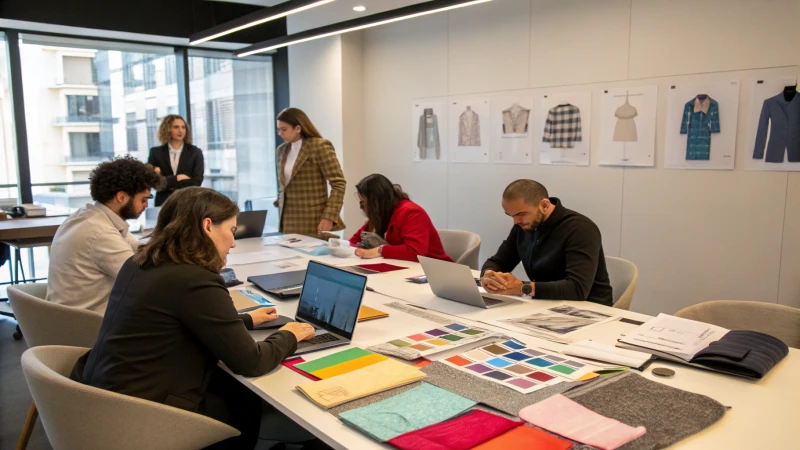
Understanding Your Needs
When I first started looking for a custom apparel supplier, I realized the importance of knowing exactly what I needed. I asked myself questions like: What types of garments do I want? Is it t-shirts, hoodies, or something else entirely? Do I need embroidery or screen printing? It was like creating a checklist for a perfect partner. This clarity helped me manage my budget constraints5 and set realistic timeline expectations.
Researching Potential Suppliers
I remember diving into the sea of potential suppliers, feeling both excited and overwhelmed. My strategy involved scouring online directories and reading reviews as if they were treasure maps leading me to hidden gems. I even attended trade shows, which was like speed dating for suppliers—an incredible opportunity to meet them face-to-face. Creating a comparison table6 was a game-changer; it visually laid out differences in services, costs, and capabilities.
| Supplier Name | Services Offered | Minimum Order Quantity | Price Range |
|---|---|---|---|
| Supplier A | Embroidery | 50 | $5-$15 |
| Supplier B | Screen Printing | 100 | $10-$20 |
| Supplier C | Custom Design | 30 | $8-$12 |
Evaluating Production Capacity and Quality
I'll never forget visiting a supplier's site; it was like stepping into the engine room of a ship. Seeing their operations up close assured me of their production capacity and quality control measures. Samples told the real story—like tasting a spoonful of soup before deciding if it's worth buying the whole bowl. A site visit7 might offer deeper insights into their operations.
Pricing and Contract Negotiation
Negotiating pricing felt a bit like haggling at a market—finding that sweet spot where both parties walk away happy. Understanding the contract terms, from payment schedules to delivery timelines, was crucial. It's amazing how clarity in contracts can prevent future headaches. The importance of clear contracts8 cannot be overstated.
Building a Long-Term Relationship
I learned that building a relationship with a supplier is akin to nurturing a friendship. Regular communication was key; it helped address issues promptly and fostered mutual growth. Maintaining these relationships has been vital for ongoing success in my custom apparel business. Learn about maintaining supplier relationships9 for ongoing success.
You should define your apparel needs before supplier search.True
Identifying specific garment types and customization options is crucial.
Supplier C offers embroidery services as part of their offerings.False
Supplier C offers custom design services, not embroidery.
What Customization Options Are Available for Wholesale Clothing?
Ever dreamt of designing your own clothing line and leaving a mark on the fashion world? Let’s dive into how wholesale customization can make that dream a reality!
Wholesale clothing customization allows for unique brand identity through options like logos, embroidery, and fabric choices, making it perfect for entrepreneurs.

Logos and Branding
One of my favorite parts about customizing wholesale clothing is adding personal flair through logos and branding. There’s something incredibly satisfying about seeing your logo stitched or printed onto a piece of clothing. I once had this bold idea for a logo that really needed to stand out, so I opted for embroidery. It gave the piece a rich texture that not only felt premium but also caught the eye immediately.
A significant customization option10 is adding logos and brand elements. You can choose from embroidery or screen printing techniques, each offering distinct advantages in terms of durability and appearance.
| Technique | Features |
|---|---|
| Embroidery | Durable, 3D texture, vibrant colors |
| Screen Print | Cost-effective, versatile, sharp detail |
Fabric and Material Selection
The journey of creating clothes that not only look good but feel amazing starts with the fabric. I remember my first venture into choosing materials; I was overwhelmed but excited. I settled on a cotton-polyester blend that promised both comfort and durability—a decision my customers later appreciated. Each fabric type11 has its perks:
- Cotton: Breathable, soft, hypoallergenic.
- Polyester: Durable, wrinkle-resistant, quick-drying.
- Blends: Combine properties of different fabrics.
Style and Design Modifications
When it comes to personalizing styles, the possibilities feel endless. I recall working late into the night, sketching designs with varying necklines and sleeve lengths. It was thrilling to see those sketches morph into actual garments that reflected my unique vision for a fashion line12.
Wholesalers usually provide options to modify garment styles, including necklines, sleeve lengths, and fit. This allows for creating a truly unique fashion line.
Minimum Order Quantities (MOQ)
Understanding MOQs was a crucial part of my early learning curve. It's essential to discuss these with suppliers to ensure your goals align. I learned this the hard way when an initial order didn't meet the MOQ requirements, leading to some hasty recalculations!
Most customizations require meeting specific MOQs. It's important to discuss these requirements with your supplier to ensure production capacity aligns with your needs.
Production Timeline and Quality Assurance
Finally, ensuring quality and timely delivery is non-negotiable. I've found that researching suppliers' reviews and their production processes can save a lot of headaches down the road. My first experience taught me that while timelines can be tight, transparent communication with suppliers can make all the difference.
Ensuring that your chosen supplier can deliver high-quality products on time is vital. Look for suppliers with positive reviews and transparent production processes to avoid issues.
In sum, venturing into wholesale clothing customization is like painting on a blank canvas—you get to create something truly your own. By understanding these elements, you can navigate this creative process effectively, ensuring your apparel truly represents your brand ethos. Learn from successful brands13 who have paved their paths with unique customizations to inspire your journey.
Embroidery provides a vibrant 3D texture for logos.True
Embroidery creates a raised, textured logo with vibrant colors.
Polyester is hypoallergenic and soft like cotton.False
Polyester is durable and wrinkle-resistant, unlike soft, hypoallergenic cotton.
How Do Minimum Order Quantities Affect Custom Clothing Orders?
Ever wonder why your custom clothing orders come with specific minimums? It’s all about the numbers.
Minimum Order Quantities (MOQs) in custom clothing orders determine the smallest batch a supplier will produce, impacting costs, inventory, and flexibility. Understanding MOQs is crucial for effective decision-making in the fashion industry.
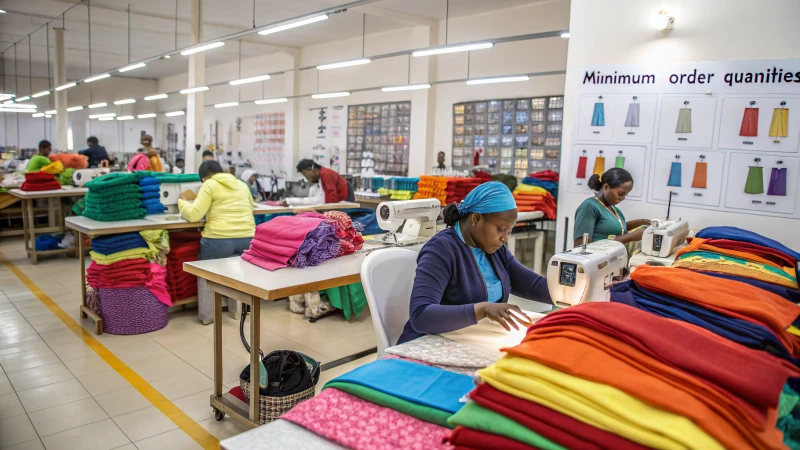
Understanding Minimum Order Quantities
I've spent countless hours trying to understand the intricate dance of economics and creativity in the custom clothing world. It's all about finding that sweet spot where the numbers make sense. Minimum Order Quantities, or MOQs, are the unsung heroes here. They dictate the smallest batch size a supplier agrees to produce, ensuring that we're all on the same page about production costs and economies of scale14.
Pricing and Cost Implications
I still remember the first time I faced the reality of MOQs. I had this vision of a unique design, but then came the kicker—the MOQ was way higher than I imagined! I realized that the higher the MOQ, the lower each item's cost thanks to bulk production discounts. But this also meant a hefty upfront investment, something I had to consider carefully to avoid straining my cash flow.
| Factor | Impact |
|---|---|
| Bulk Discounts | Reduces cost per item |
| Upfront Investment | Increases initial expenditure |
Inventory Management Challenges
Navigating inventory with high MOQs is like a never-ending puzzle. It's not just about having enough space; it's about smart sales strategies to dodge the dreaded overstock. Balancing what I have on hand with what my customers need keeps me on my toes every day.
Customization and Flexibility
There’s something exhilarating yet terrifying about committing to a large order. With high MOQs, it feels like creativity takes a backseat. There's less room for tweaks once production starts. So, I often look for suppliers with lower MOQs to keep my creative options wide open and provide greater design flexibility15.
Supplier Relationships
I've learned over time that building strong relationships with suppliers is gold. The more you invest in understanding and working with them, the more likely you are to negotiate better terms, like lower MOQs through negotiating better terms16. It’s all about mutual respect and open communication.
Financial Implications
On the financial front, getting a grip on MOQs has been crucial for my budgeting and forecasting. Understanding how these quantities align with my business goals helps me stay on track and ensures I'm not overextending myself.
Strategic Decision Making
Deciding on the right MOQ involves a good deal of strategic planning. I need to assess market demand, check my production capacity, and weigh my financial position to determine what MOQ levels make sense for me.
By diving deep into these aspects, I've found ways to manage custom clothing orders more effectively, keeping those profit margins healthy while meeting what my customers crave.
Higher MOQs reduce production costs per unit.True
Bulk production leads to economies of scale, lowering per-unit costs.
Low MOQs limit flexibility in custom clothing.False
Low MOQs increase flexibility, allowing design changes mid-production.
Conclusion
Learn how to customize wholesale clothing by selecting a reliable supplier, choosing garment types, submitting designs, and understanding minimum order quantities for unique brand identity.
Discover suppliers offering custom design services to enhance your wholesale clothing selections. ↩
Get inspiration on various garment styles to better tailor your wholesale clothing orders. ↩
Learn about different techniques to customize clothing effectively. ↩
Understand strategies for meeting minimum order quantities in clothing customization. ↩
Helps readers determine financial boundaries for sourcing custom apparel. ↩
Guides readers in assessing and comparing different suppliers effectively. ↩
Encourages understanding of supplier's processes through direct observation. ↩
Highlights the necessity of transparency in supplier agreements. ↩
Advises on strategies for building and sustaining supplier partnerships. ↩
Discover the pros and cons of embroidery versus screen printing for logos to make informed customization choices. ↩
Explore various fabric types to select the most suitable materials for your customized clothing line. ↩
Learn about available style modification options to tailor your clothing designs to market trends. ↩
Gain insights from brands that have successfully customized wholesale clothing to inspire your business strategy. ↩
Learn how economies of scale reduce costs and improve efficiency in bulk production. ↩
Discover how lower MOQs can enhance design flexibility for smaller brands. ↩
Explore techniques for negotiating better MOQ terms with suppliers. ↩

